plasticstars
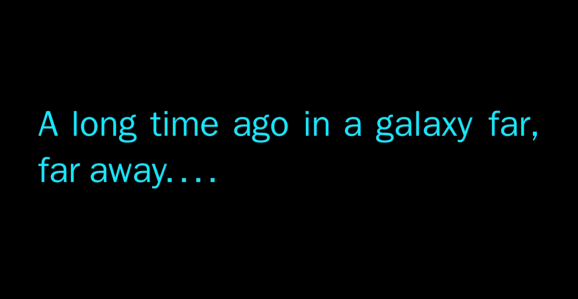
earth - located in-between venus and mars. our only satellite, the moon, is 238,855 miles away and the moon is slowly moving away from the earth by an inch every year.
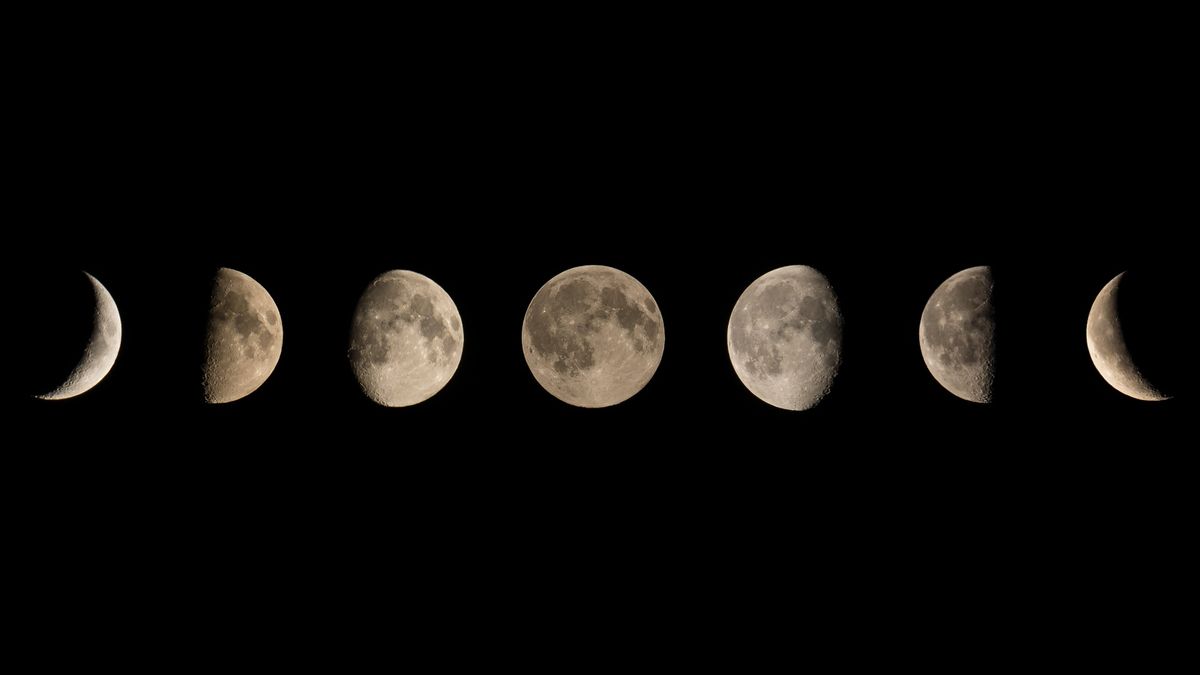
waxing crescent, first quarter, waxing gibbous, full moon, waning gibbous, last quarter, waning crescent, new moon.
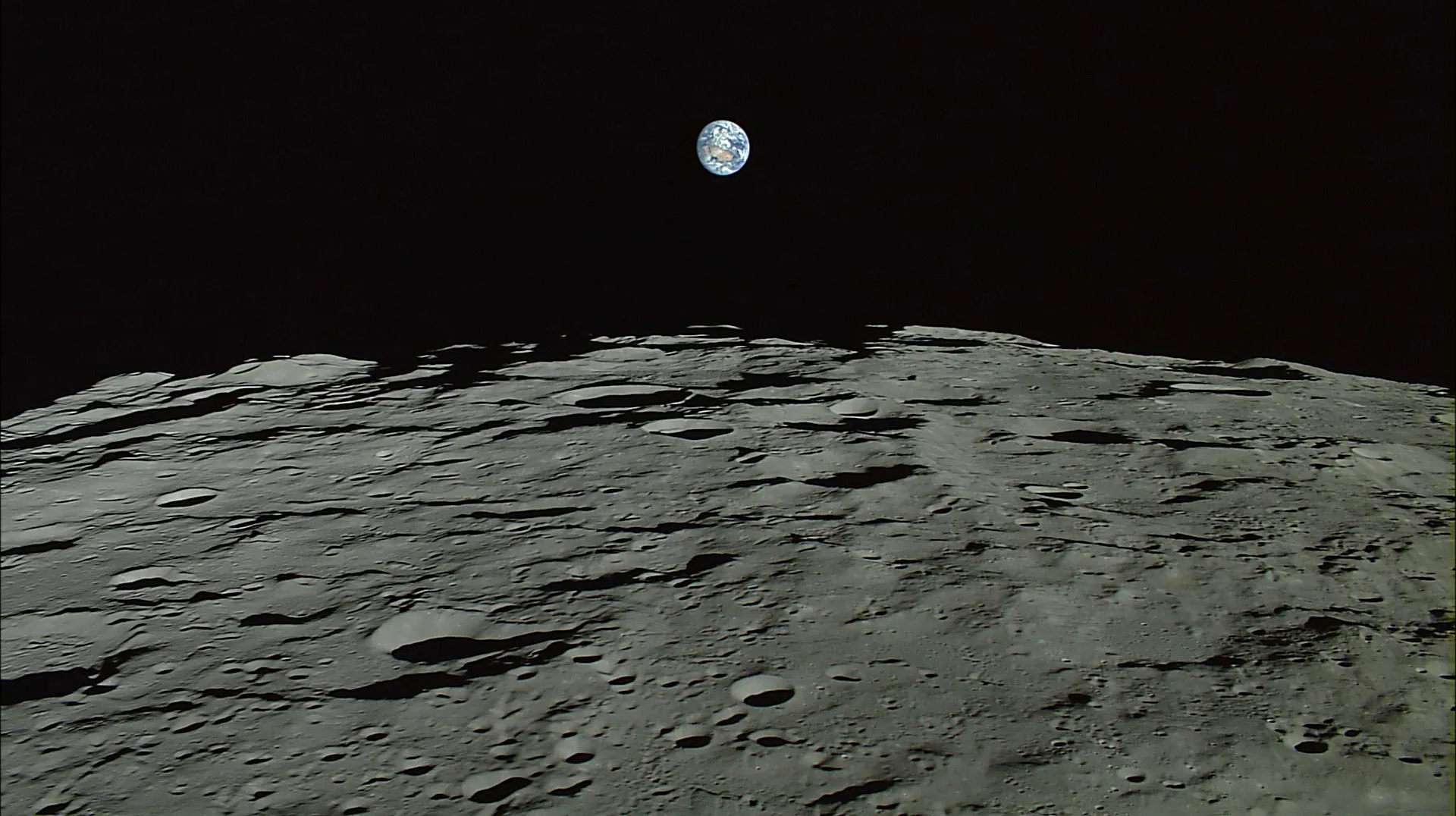 picture taken from the japanese spacecraft kaguya, 2008
picture taken from the japanese spacecraft kaguya, 2008
one of the most popular facts about the moon is that it is the reason for our high tides and low tides in the ocean which is caused by the moon's gravitational pull. this is called the tidal force, and it causes the earth and it's water to bulge out on the side closest to the moon and the side farthest from the moon (high tides). this also helps regulate the climate because the tides carry heat from the equator to the poles. the moon also helps regulate the earth's wobble on it's axis. if we did not have the moon, we would have a very different climate - theories suggest that if we had no moon the earth's tilt would increase by 45 degrees; half of the earth would always be in daylight and half would always be in darkness, like uranus - and may not have some of the species we have right now. the night would be much darker, which would affect nocturnal animals, and we would be able to see many "new" constellations and maybe galaxies in the sky. without the moon, earth days would be shorter. billions of years ago, an earth day was only 12 hours long, which changed after the moon was created. the moon was created by a mars-like object colliding into earth 4.5 billion years ago, and after that happened the pull of the moon slowed the earth's rotation which created longer days. the sun, our energy source, is 91.518 million miles away from earth. theories suggest that life on earth will cease to be able to exist in about 1.5 billion years, and the planet itself in five billion years, because as the sun becomes hotter the biosphere will no longer be able to use negative feedback systems to counteract the warming of the sun, and after that happens, eventually the sun will become a red giant and engulf the earth.
our cosmic neighborhood
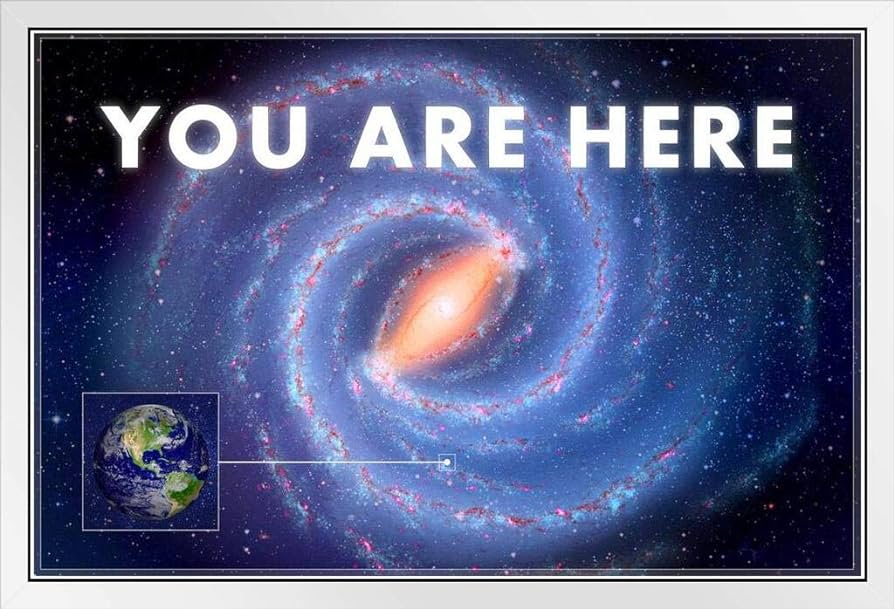
raj: penny, two of the brightest stars in the night sky are altair and vega. And it is said they were deeply in love, but forever separated by the celestial river of the milky way
earth is in the solar system, which is located on the outer spiral arm of the milky way galaxy. this galaxy is 100,000 light years across and is a barred spiral galaxy around 13.6 billion years old. it gets it's name from the way it's long arms spin around like a pinwheel. the solar system is in the orion arm of the milky way, between the perseus and carina-sagittarius arms. in the middle of the milky way is a supermassive black hole called sagittarius a.
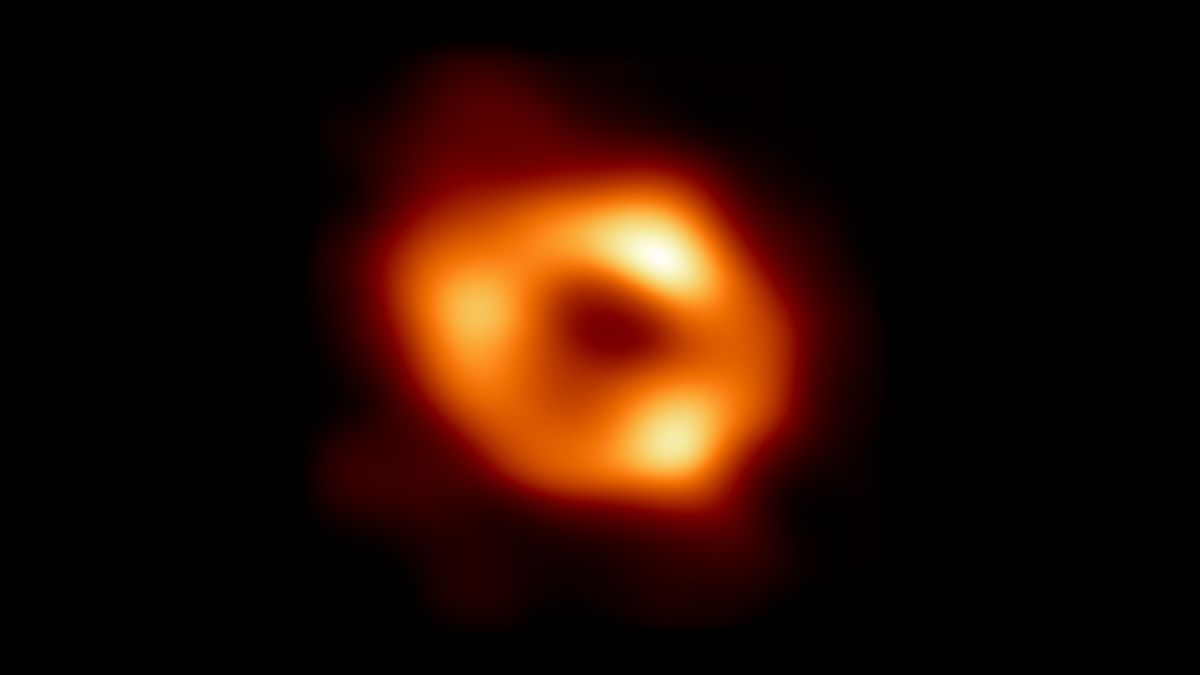 *picture taken by the event horizon telescope, 4/12/22. first picture of sagittarius a. it was always theorized that there was a black hole in the middle of the milky way but this picture was the first physical proof.
*picture taken by the event horizon telescope, 4/12/22. first picture of sagittarius a. it was always theorized that there was a black hole in the middle of the milky way but this picture was the first physical proof.
glaciers melting in the dead of night
and the superstars sucked into the supermassive (you set my soul alight)
supermassive black hole
the solar system gets its name because we call anything related to our sun with the word solar, from the latin word solis. the solar system orbits the milky way, like the earth orbits the sun, and is about 26,000 light years from the center. it takes about 250 million years to do a single revolution around the milky way. it has four arms - perseus, scutum-centaurus, sagittarius and the local arm (orion arm or orion spur).
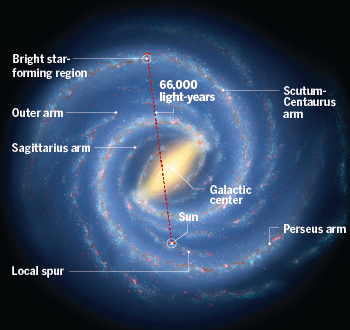
the milky way gets it's name from a greek myth. athena wanted hera to breastfeed her child, and as heracles bit down hera pushed him away in pain which resulted in the spray of milk (across the sky.) in china it's called the silver river, 银河 (yu-he). the ancient romans called it the via lactea (road made of milk) and the greeks, galaxias kyklos (milky circle). in southern africa, it's called the backbone of the night.
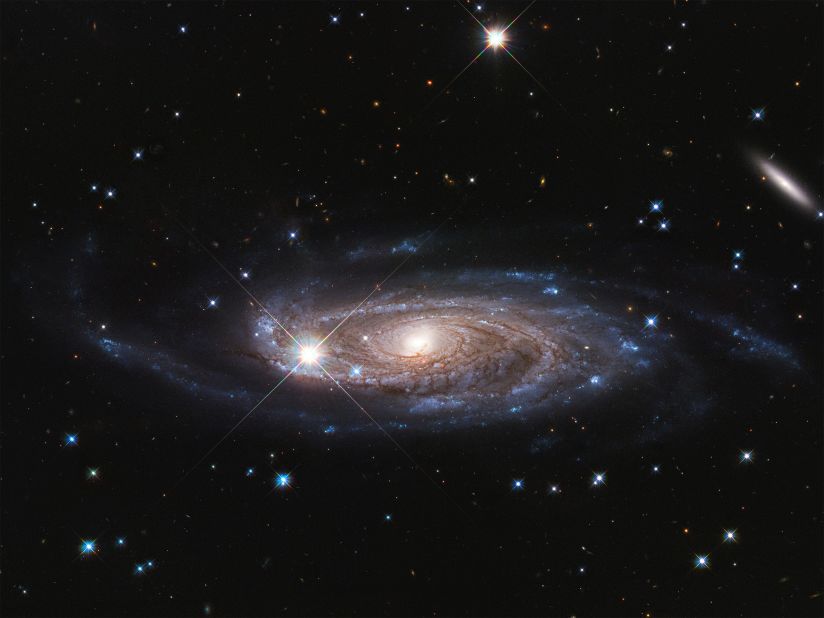
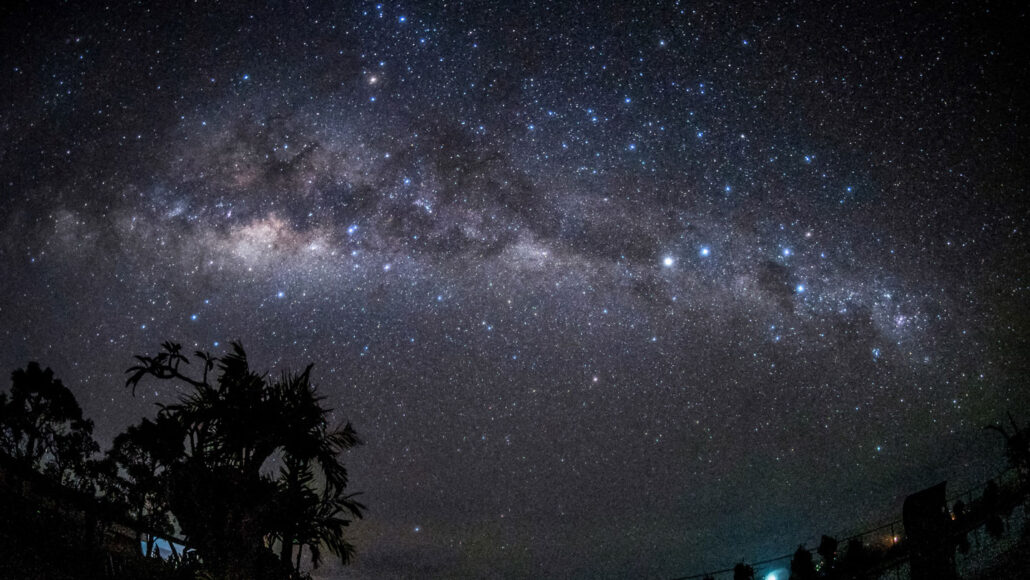
nasa estimates there to be more than 100 billion planets in the milky way, but no one knows for sure how many there are. the milky way is in the local group of galaxies, some notable neighbors being: andromeda, triangulum, and leo I. the milky way is on a collision course with andromeda right now, at a speed of 250,000 mph, but will not collide with andromeda for another 4 billion years. it will not really effect our galaxy, but may cause us to move into a different path and cause new starbirth and different constellations in the sky, which by that point in time we probably will have anyway. computer simulations derived from hubble's data show that it will take an additional two billion years after the encounter for the interacting galaxies to completely merge under the tug of gravity and reshape into a single elliptical galaxy similar to the kind commonly seen in the local universe https://hubblesite.org/contents/news-releases/2012/news-2012-20.html
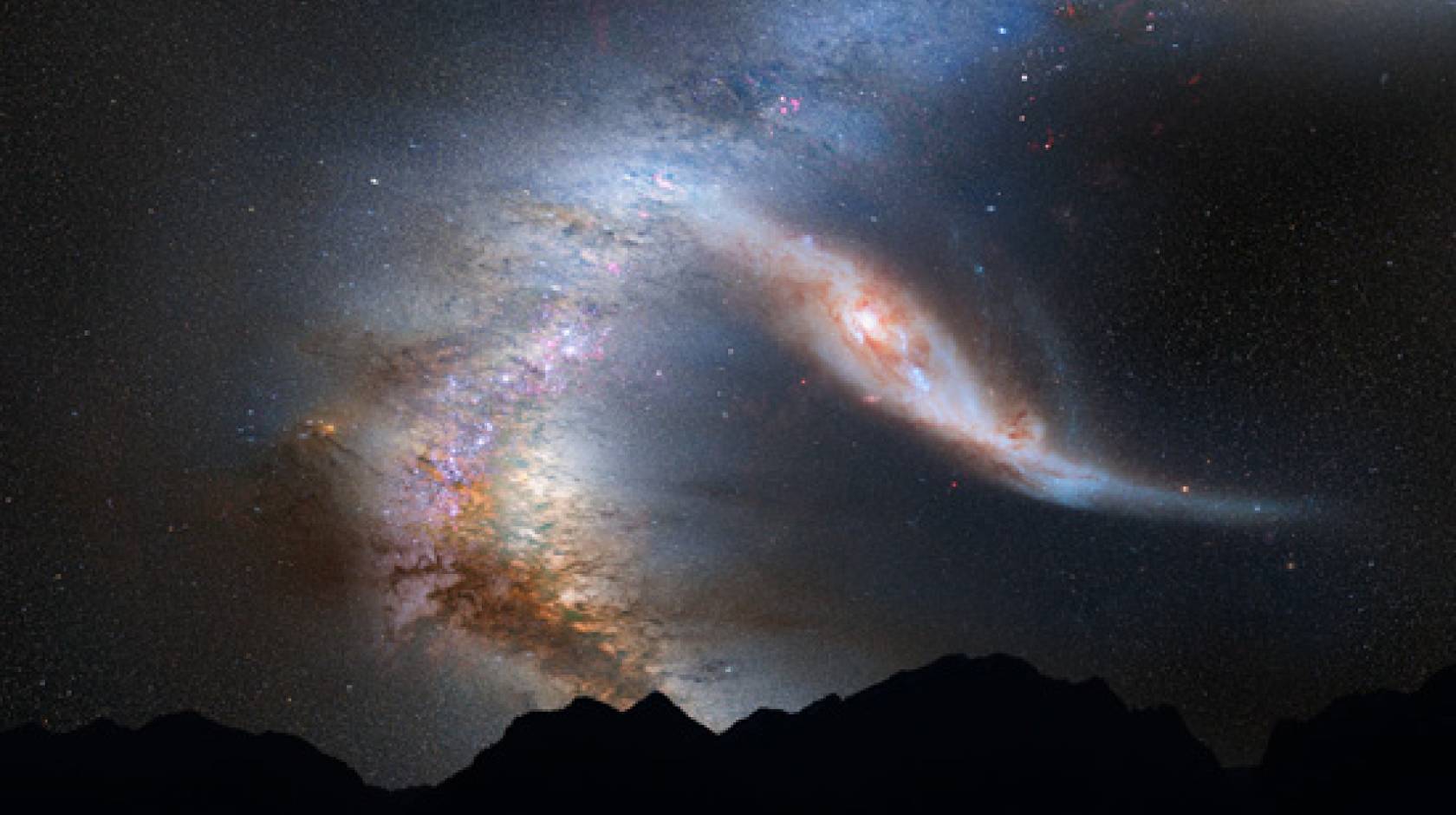
the night sky will look something like this in 4 billion years, based on a dynamical computer modeling of the future collision of andromeda and the milky way.
'why does the universe not have a name?'
the word 'universe' comes from the latin word universum. unus means one, and versus means to turn [everything turned into one.]. the word 'cosmos' is from the greek word kosmos [order, ornament, world, or universe], the word pythagoras and his followers used to describe the universe. it would be difficult to name something that is everything, and is unique to itself. there is no other universe. it would be like having one dog in the whole world and instead of calling it dog, calling it charlie.
give me a word! any word, and i'll show you that the root of that word is greek
okay, mr. portoklas, what about the word kimono?
kimono, kimono, kimono. ha! of course! kimono is come from the greek word himona, is mean winter
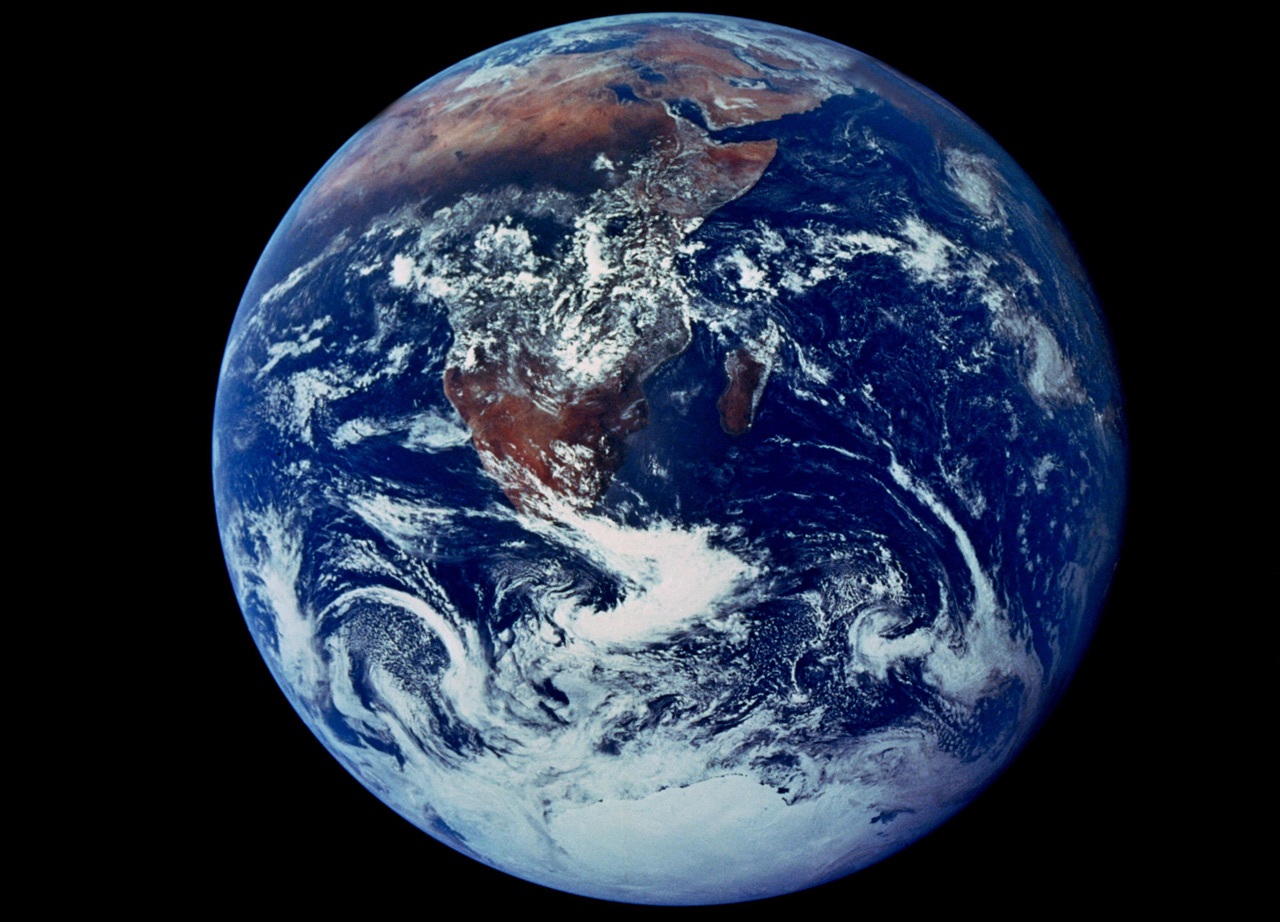
the blue marble shot, AS17-148-22727 the only photograph taken (12/7/1927) of the whole earth by a human being, which is not easy to do because to take a picture of the earth, you need to be at least 20,000 miles away from it - and you need to pass through a point between the earth and the sun. most astronauts don't get to see the whole earth, illuminated. the moon and/or the earth are usually partly in shadow.